14. The Hunt (2012)
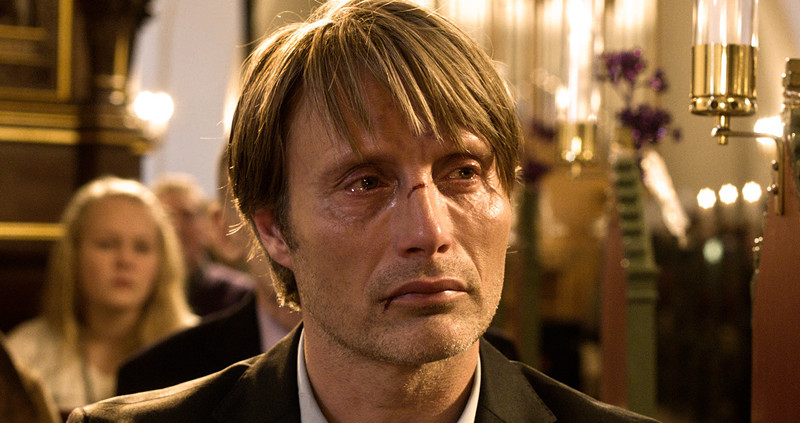
A mixture of the most sorrowful feelings, or even the reflection of an abused soul for the sake of a commonly occurring sanctimonious social responsiveness: this is what Mads Mikkelsen’s injured face and aching expression capture. Thomas Vinterberg’s divisive and influential film “The Hunt” doesn’t mean to teach, expose, or criticize any social angles. It’s a bold filmic creation that sympathizes and forgives.
Lucas is a divorced kindergarten teacher and the father of a teenage boy. Moving to a small town, he embraces a peaceful and solitary life by dedicating his days to the noble vocation of teaching and taking care of children. However, the jejune affection that a little girl feels for him would turn out to be the reason for the local community to target Lucas with great ease.
Since little Klara implies to an administrator that Lucas displayed inappropriate behavior toward her, his life gradually becomes a surreal living nightmare. Why would a innocent preschool child lie about something like that? Nobody can assume a satisfying answer, and thus he became the town’s infamous outcast, as a ghastly beast that has to be hunted.
Day after day, a furious form of frustration overwhelms his wrecked mind. Lucas just can’t act logically and prudently anymore. On Christmas Eve, when most of the citizens are gathered in a church to experience the profound feelings of reverence and sensitization about the poor and weak fellow men, Lucas shows up, disturbing their invented ambience of compassion and charity.
This work by Vinterberg isn’t defined by the technical directions of the Dogme 95, showcasing outstanding photography and camerawork. In addition, through the film’s contextual mastery, the Danish director suggests that men have always needed to feel kind and generous deep down, but still, the witch hunting is a big dark chapter of our history. Victimizing, chasing and inflicting strict judgment has timelessly seemed effortless in various circumstances.
13. Los Olvidados (1950)
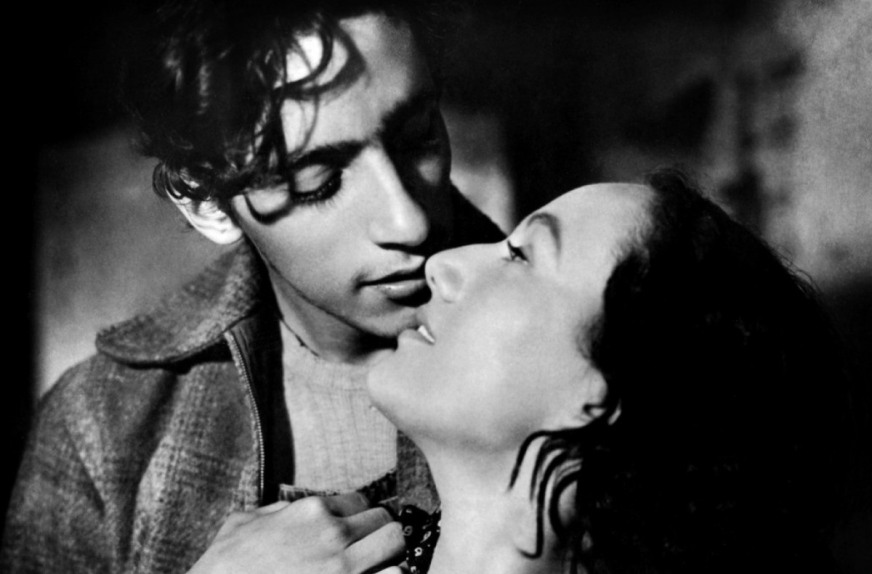
A narration that intensively brings to mind a few great and tearful creations of the classical literature, and a shelter for moments of Luis Buñuel’s delirious artistic fleeing to his own bittersweet surreal world, “Los Olvidados” is a film about the young and damned people of now and then.
During the 1950s in the impoverished neighborhoods of Mexico City, the story of three young outlaws experientially depicts the induction, absorption and absolute submission to the crime’s underworld and its dehumanizing nature. Yet, at the nascence of this typical procedure, the entities of emotional deprivation and disuse stand graceless, forceful, and immortal.
Like Hector Malot, Charles Dickens, and other all-time classic writers did through their thoroughly dramatic works, Buñuel dives into the marginalized world of Mexico, exposing the depressing and idle lives imposed by the indifferent and deeply criminal societies on the defenseless children of nature. Drifting in the film’s eternal and dismal probity, it’s hard to spiritually escape its describing profane portrait.
12. Miss Violence (2013)
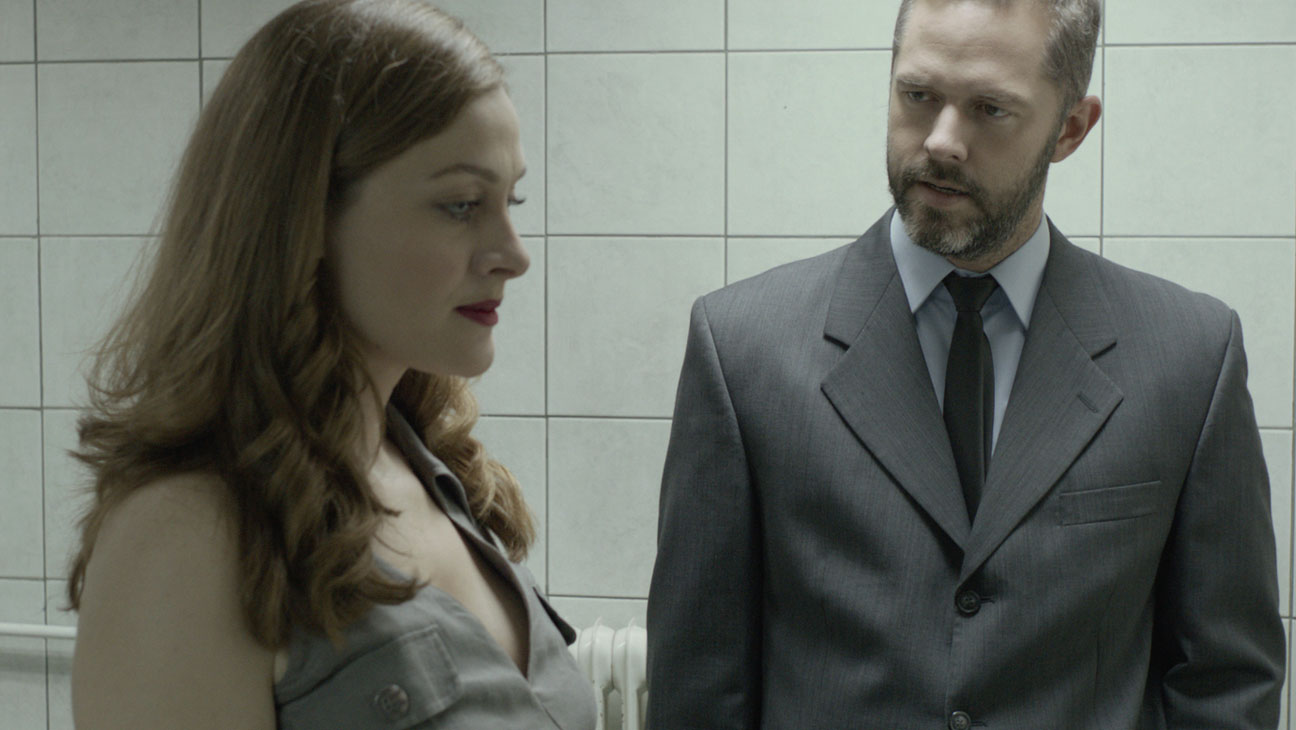
Watching “Miss Violence” by Greek director Alexandros Vranas is a personal battle against the bitter projection of a (too hideous to be real) form of immorality, involving an automatically developed cerebral wall of self-defense. In the overcast sky that rules the film’s oddly surreal environment, there won’t be any sunny moments. Howbeit, what the story really needs is a storm, so as to interrupt its unwholesome gestalt, and it will eventually conquer it.
There’s something wrong; not clearly, but you realize it even from the first few minutes. The story’s tangled family will unpleasantly reveal all of its dysfunctions step by step. A tidy but impersonal apartment hosts two adult women, two teenage girls and two children, who are from top to bottom dominated by the “father.” Doors open and doors close, while all of the family members behave mechanically, obeying to a bizarre discipline status.
The cruelty taking place behind closed doors and the horrendous truths concealed behind the solid silence progressively become obvious. On the other hand, one secretly hopes not to face the story’s smoldering violence with their bare eyes. At the end, nothing stays hidden behind the doors. “Miss Violence” is definitely an extreme film. Nevertheless, reality ‒ even if some individuals try really hard to conceal it ‒ oftentimes is extreme as well.
11. Ikiru (1952)
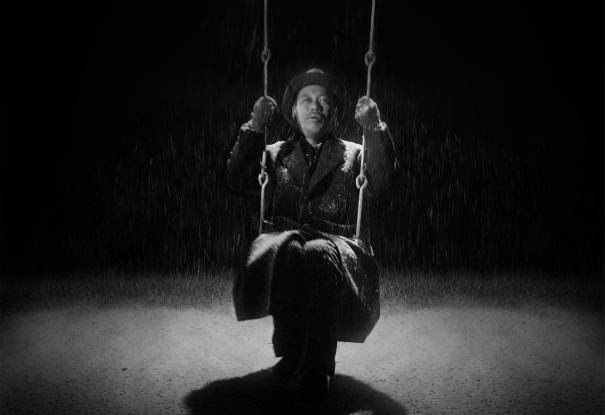
Life is a gift and a curse. More aptly, life is a motoring alter ego that follows you as long as you exist. But the tricky part is to comprehend that you won’t exist forever. The condemned unobtrusive hero in Kurosawa’s film “Ikiru,” as it frequently happens, has forgotten his unique chance to experience his life. The old Mr. Watanabe, after finding out that he’s soon going to die from gastric cancer, all at once accomplishes a disappointing retrospection of his lifetime, bitterly coming up against with his wasted chance of an active life.
Kanji Watanabe has one year left to exist. He truly needs to utilize this brief breath of time, for the sake of his long and vain existence. Despite this, Mr. Watanabe has always been a humble bureaucrat. The biggest part of his life is dissipated between countless pages of legal documents and protocols. Adding insult to injury, the old and dusty drawers of his memory don’t hide even one comforting piece of a romance.
Devastated and lost in confused thoughts, Mr. Watanabe enters a bar and confesses to a patron his ineluctable drama. That night, his new friend navigates him to Tokyo’s dazzling nightlife. Kanji attempts a short clumsy dive within the blurry waters of superficial indulgence, which seems like an interim getaway of a cloudy sequence of days. Does this lifestyle awake Kanji’s yearning for a fulfilling life?
Promptly and painfully, “Ikiru” inflames the deepest and most substantial existential agony of all: that agony that generates all the rest. How should one handle their unique chance to feel, enjoy and exist? Mr. Watanabe is quite old, anyway. The crucial problem isn’t his death, but the absence of his entire life. As he moves back and forth on a swing, perhaps he wishes he was a kid once again.
10. Son of Saul (2015)
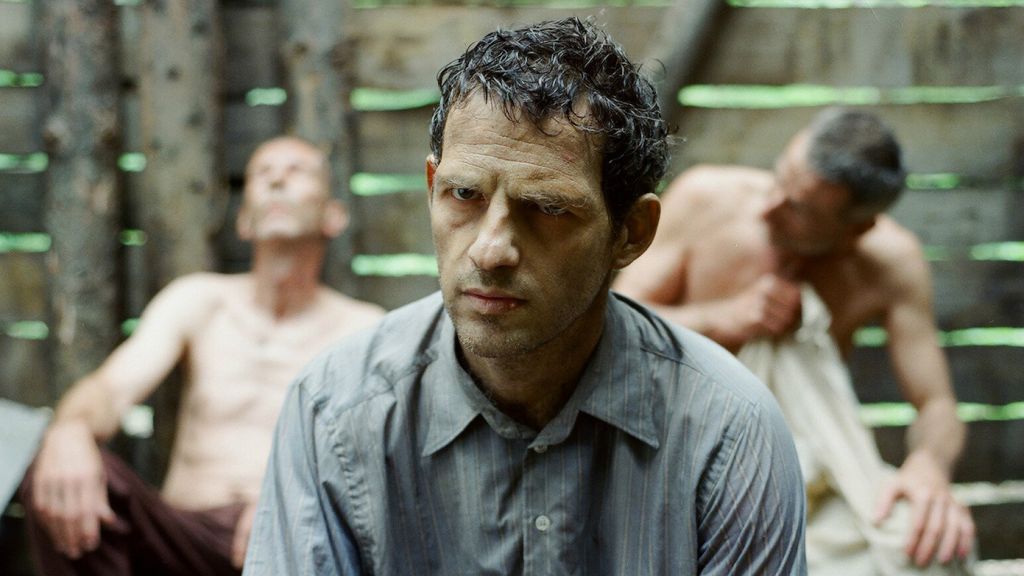
The Holocaust is definitely one of the darkest chapters of modern history. Accordingly, cinema has widely focused on the Holocaust, depicting in many cases the real events and reflecting on the tragic people who were despicably tortured and killed. László Nemes’ “Son of Saul” came out in 2015, more than 70 years after the mass extermination of the uncountable innocents in Auschwitz, so as to highlight that this part of our world, and moreover, that some people who stood on it will never be forgotten.
Saul is one of them. He was born Jewish, and thus he’s imprisoned until a torturing death finds him among his brothers. Before that day, Saul is bound by a morbid duty: he has to ensure the transfer of his untied co-prisoners into the gas chambers, offering them a piece of fraudulent sentimental soothing, and then removing their lifeless bodies.
A disloyal act, motivated by an inferno’s circumstances, isn’t enough to eliminate a man’s heart and values. Saul is convinced that one of the sentenced children is his own son. As if he could redeem his soul from the evil that nests around him, and perhaps inside him, he attempts to save the boy from the burning flames.
Daring a cinematic journey within the unforgettable territories of the “Schindler’s List” and “The Pianist,” Nemes, through his own explorative angle, synthesizes an emotionally charged story, steering clear of idealization. His work is a sincere and respectful recitation of history.
9. You, The Living (2007)
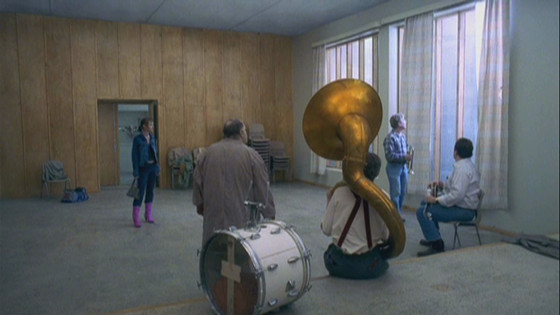
Roy Andersson once said in an interview, “I’m trying to show what it’s like to be human.” What he does through his work really goes beyond the depiction of our kind. His artistic originality ‒ which was entrenched in his famous trilogy that entails “Songs from the Second Floor,” “You, the Living” and the most recent “A Pigeon Sat on a Branch Reflecting on Existence” ‒ glibly suggests that life should be comprehended as a treasure, as a unique chance to experience and exist substantially.
There is an indiscernible distinction between the miserable pale creatures in “You, the Living” and the ones in the other two films of the trilogy. Here, it seems like most of the people are aware of their misery and sentimental isolation, in contradiction with the other two movies, in which the characters seem completely steepened in their world’s featureless and vain nature.
“You, the Living” is a great, apt and stirring title, referring to a tragic reflectance of our kind. Humans, exactly like the depicted glassy figures in this film, oftentimes live in poignant and bewildered communities. Still, spiritually breaking free from their vanity, they dream about a different life; a colorful life defined by mental freedom, companionship, and profound pleasures.
8. Veronica Voss (1982)
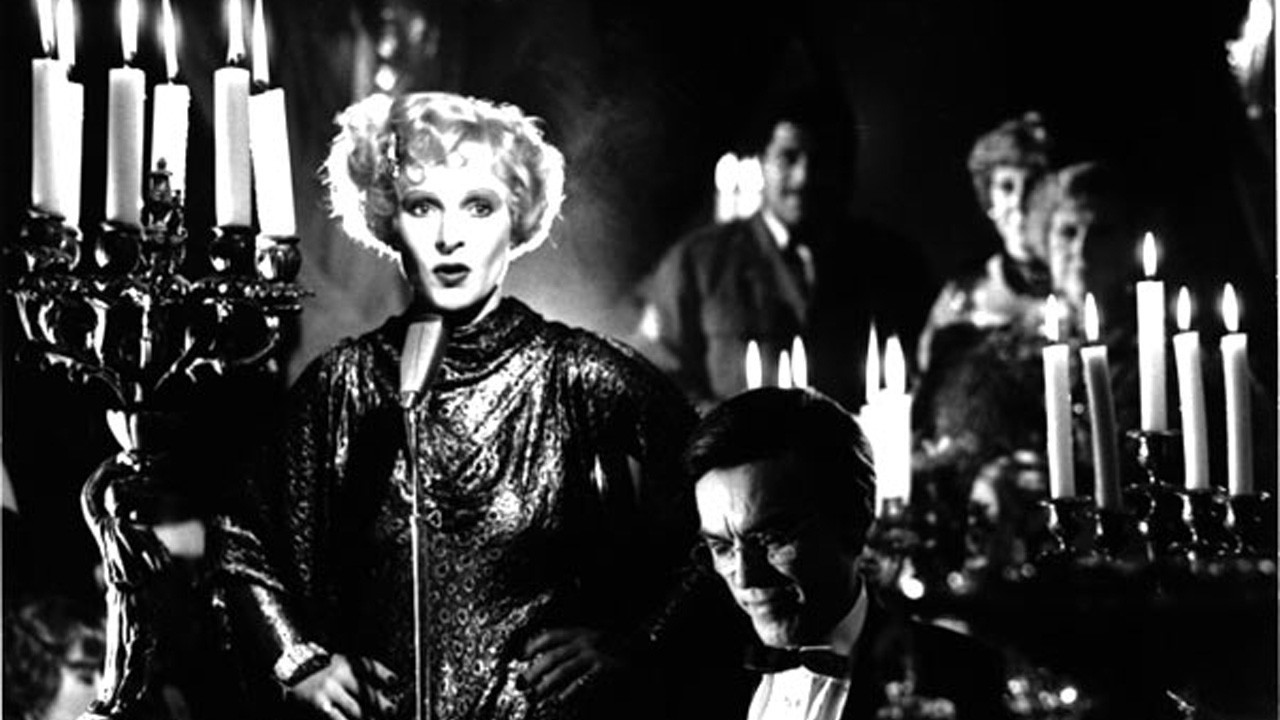
Munich, 1955. A setting that finds Germany recently relieved by the Nazis. Veronica Voss, a downfallen movie star, watches herself staring in an old-fashion film, which, through its melodramatic background and easy sentimental purification, reflects on her former glory and broad approval during the years of political misery.
The gloomiest and oddest film of Rainer Werner Fassbinder’s thematic trilogy about West Germany, “Veronica Voss” is about decay, self-destruction and mental degeneration. As Veronica meets a man who surprisingly doesn’t recognize her, she’s intrigued to introduce him to her life, and quite so, the depressing eroded temple of her psychology and history is revealed.
Struggling to present herself as a charming and strong woman, Veronica can’t avoid exposing her disturbed mentality. Once she used to have a glamorous career, a husband and wealth. Currently, she’s a morphine addict, needlessly offering an opportunistic doctor her fortune and trembling all over her sweaty body at night.
Experiencing Veronica’s life and embracing her bleakly tangled aspects is a daring and torturing, though effortless, act by the viewer’s side. Behind the film’s sharp black-and-white contrast, erratic monologues, and Veronica’s discomforted expressions emerge Fassbinder’s concerned thoughts. Rigorously composing the wreckage of a complex woman who lost her pride and esteem, even if she doesn’t really need these values, Fassbinder challenges an effective psychosomatic situation that stays with you for a long time.